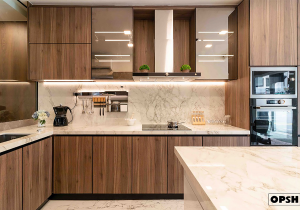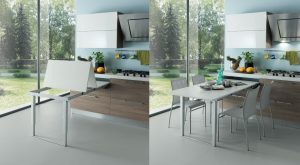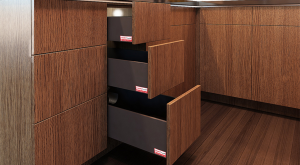Featured Post
DIY Planter Ideas for Small Spaces: Transform Your Patio with Style
Living in a small space doesn't mean you have to sacrifice greenery and style. With a little creativity, you can transform your patio or balcony into a lush oasis using DIY planter ideas. This article explores easy-to-implement projects that not only save space but also add a personal touch to your outdoor area. From vertical gardens to repurposed items, you'll find inspiration to make the most of your limited space.
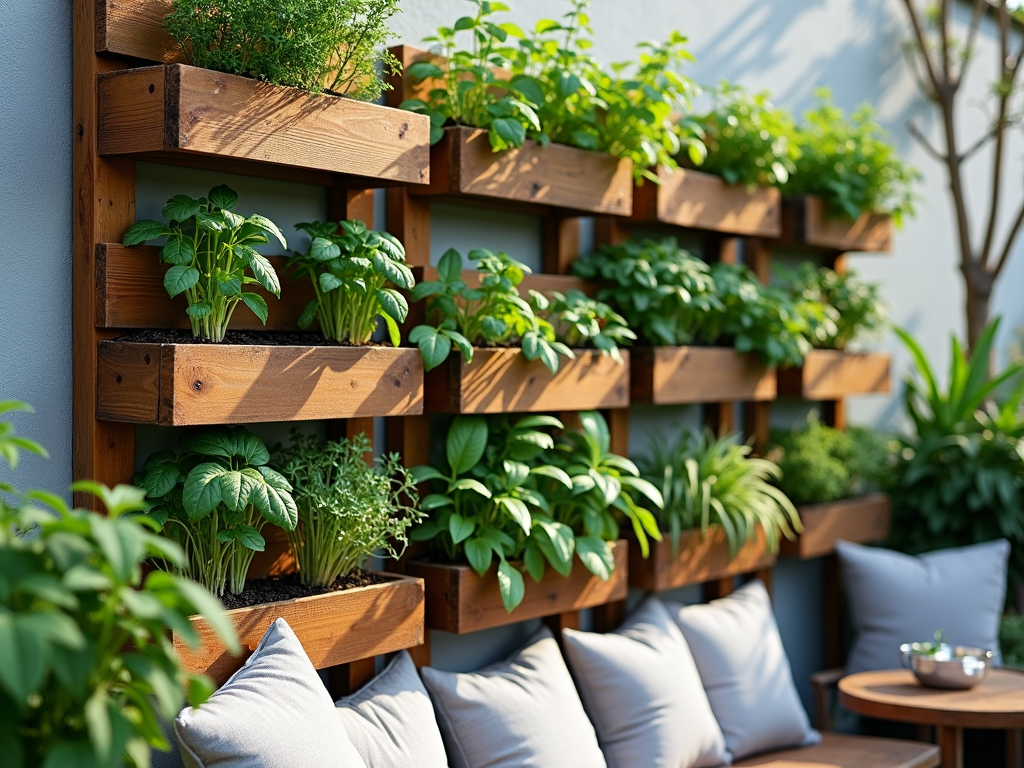
Why DIY Planters Are Perfect for Small Spaces
Small spaces present unique challenges, but they also offer opportunities for creativity. DIY planters allow you to customize your garden to fit your space perfectly. Whether you have a tiny balcony or a compact patio, these projects can help you maximize every inch. Plus, they add a personal touch that store-bought planters can't match.
- Space-Saving: Vertical and hanging planters make use of wall and ceiling space.
- Cost-Effective: Repurposing items you already have reduces costs.
- Eco-Friendly: Using recycled materials is good for the environment.
For more on the benefits of vertical gardening, check out this guide from the University of Maryland Extension.
Creative DIY Planter Ideas
1. Vertical Gardens
Vertical gardens are a game-changer for small spaces. They allow you to grow a variety of plants without taking up floor space. Here's how to create one:
- Materials Needed: Wooden pallets, landscape fabric, staple gun, potting soil, plants.
- Steps:
- Clean and sand the pallet to remove any rough edges.
- Attach landscape fabric to the back and sides to hold the soil.
- Fill with potting soil and plant your chosen greenery.
- Mount the pallet on a wall or fence.
This project not only saves space but also adds a stunning visual element to your patio.
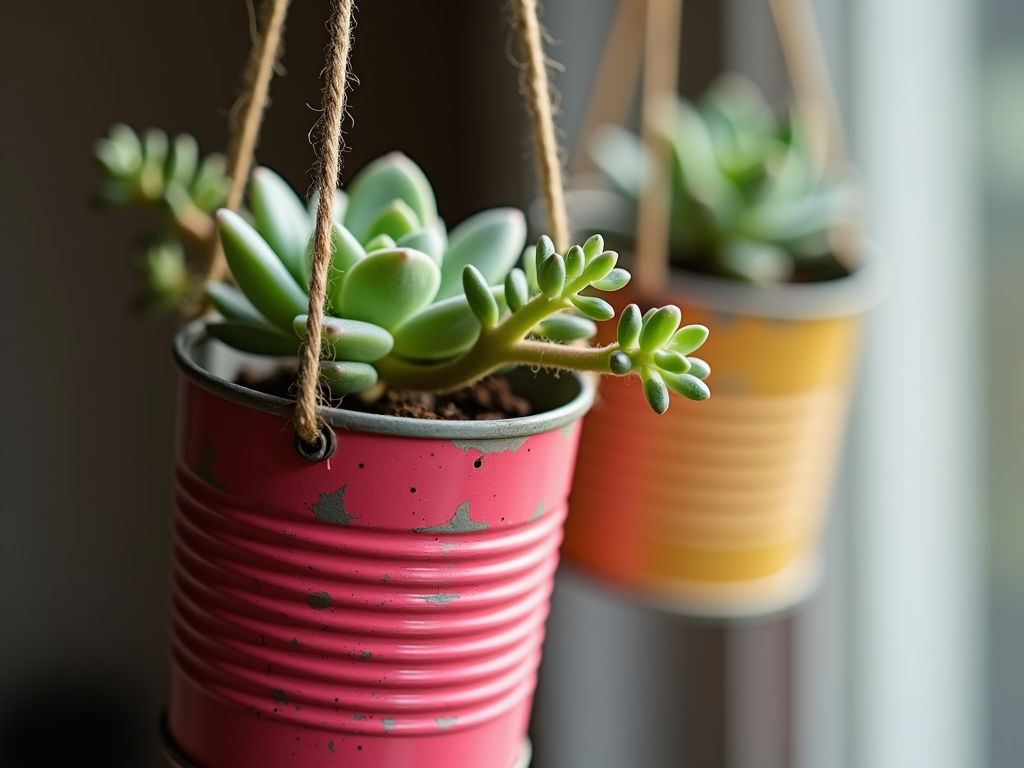
2. Hanging Planters
Hanging planters are another excellent option for small spaces. They can be suspended from ceilings, railings, or even tree branches.
- Materials Needed: Tin cans, paint, twine or rope, drill, plants.
- Steps:
- Clean and paint the tin cans in your desired color.
- Drill holes in the sides for the tw newsletters.
- Thread the twine through the holes and knot securely.
- Plant your chosen greenery and hang.
These planters are not only functional but also add a whimsical touch to your outdoor space.
3. Repurposed Items
Get creative by repurposing household items into unique planters. Old tires, teapots, or even shoes can be transformed into charming planters.
- Ideas:
- Tire Planters: Paint old tires and stack them for a tiered effect.
- Teapot Planters: Use vintage teapots for a quaint, cottage-garden feel.
- Shoe Planters: Old boots or shoes can be filled with soil and plants for a quirky touch.
These projects are not only fun but also environmentally friendly, as they give new life to items that might otherwise be discarded.

Choosing the Right Plants
Selecting the right plants is crucial for small spaces. Opt for varieties that thrive in containers and don't require a lot of room to grow.
- Herbs: Basil, mint, and thyme are perfect for small planters and can be used in cooking.
- Succulents: These low-maintenance plants are ideal for beginners and small spaces.
- Flowers: Petunias, marigolds, and pansies add color without taking up much space.
For more tips on choosing plants for small spaces, visit the Royal Horticultural Society's guide.
Maintaining Your Outdoor Furniture
Outdoor furniture is essential for enjoying your patio, but it requires regular maintenance to stay in good condition. Here are some tips for keeping your furniture looking its best:
- Regular Cleaning: Wipe down surfaces with a mild soap solution to remove dirt and grime.
- Protective Covers: Use covers to shield furniture from the elements when not in use.
- DIY Fixes: For worn-out pieces, consider simple repairs like sanding and repainting or replacing cushions.
For more detailed advice, check out this guide on maintaining outdoor furniture.

Choosing Weather-Resistant Outdoor Furniture
When selecting outdoor furniture, durability is key. Here are 10 tips to help you choose pieces that can withstand the elements:
- Material Matters: Opt for materials like teak, cedar, or metal that resist weathering.
- Check for UV Resistance: Ensure the furniture can handle sun exposure without fading.
- Look for Rust-Proof Hardware: Stainless steel or coated hardware prevents rust.
- Consider Weight: Heavier pieces are less likely to be damaged by wind.
- Test for Comfort: Make sure the furniture is comfortable and suits your needs.
- Evaluate Storage Options: If space is limited, choose furniture that can be easily stored.
- Read Reviews: Check what other buyers say about the furniture's durability.
- Consider the Climate: Choose furniture suited to your local weather conditions.
- Look for Warranties: A good warranty can provide peace of mind.
- Think Long-Term: Invest in quality pieces that will last for years.
For more insights, read this article on weather-resistant furniture.
Summary
Creating a beautiful outdoor space in a small area is entirely possible with a bit of creativity and the right approach. DIY planters offer a cost-effective and personalized way to bring greenery into your patio or balcony. By choosing the right plants and maintaining your outdoor furniture, you can enjoy a stylish and functional space all year round. Remember, the key is to make the most of what you have and to enjoy the process of transforming your space.




